
Your Attention, Please.
How to Appeal to Today's Distracted, Disinterested, Disengaged, Disenchanted, And Busy Consumer
Recommendation
Getting your message across is becoming more difficult. People suffer an excess of information and clutter. Audiences are demanding and selective, and they vary widely in their needs and interests. That’s why business writer Paul B. Brown and employee-communications consultant Alison Davis deserve a lot of credit for creating this handy, practical manual on basic communication skills for the Internet age. Their ideas may not be profound, but their fundamental lessons are highly applicable, as their examples and their blocky, jazzy layout attest. Their book offers the expected list of pitfalls, but it also provides great guidelines that can improve the practices of any communicator. getAbstract recommends it to anyone who needs to break through the tumult and get a message across to the public. Follow its advice and everyone, including the members of your audience, will benefit.
Summary
About the Authors
Paul B. Brown writes the What’s Offline column for The New York Times Sunday Business section. A former writer and editor for BusinessWeek, Financial World, Forbes and Inc., he co-authored numerous bestsellers, including Customers for Life. Alison Davis is co-founder and CEO of Davis & Company, an employee-communications consulting firm.








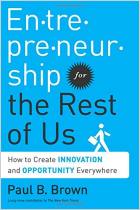

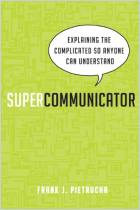

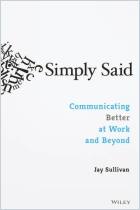
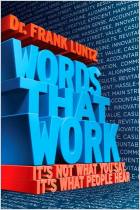
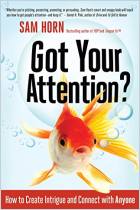




Comment on this summary or Iniciar a Discussão